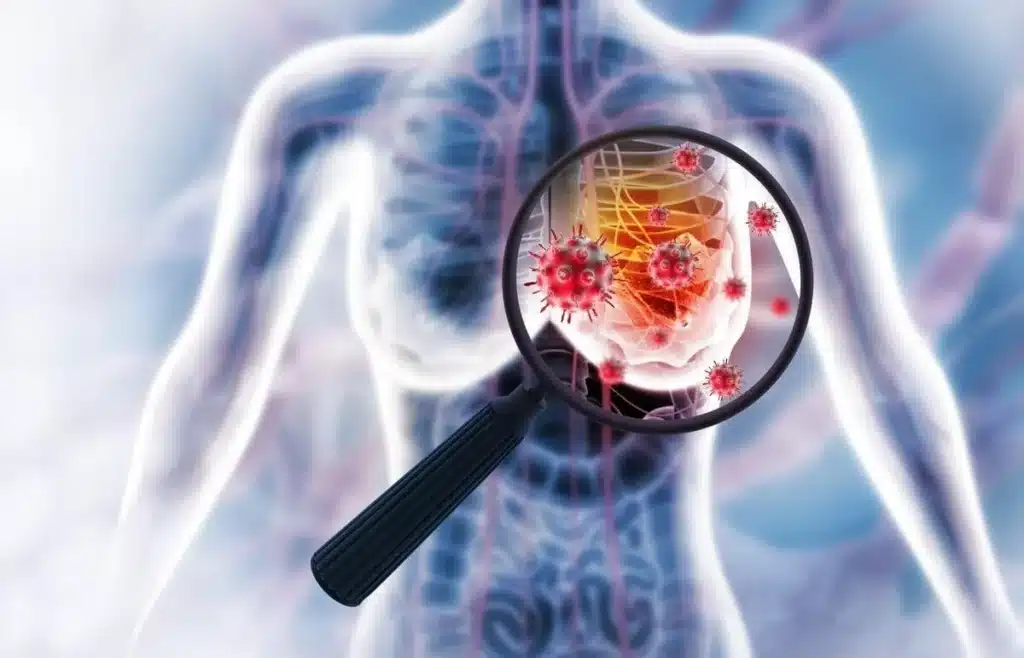Regular exercise is increasingly recognized as a powerful tool in both the prevention and management of cancer. Studies reveal that physical activity before, during, and after a cancer diagnosis can significantly reduce the risk of disease progression, lower mortality rates, and improve overall quality of life.
Key Benefits of Exercise for Cancer Prevention and Management

- Decreased Risk of Cancer Progression and Death
Research published in the British Journal of Sports Medicine highlights the impact of exercise on early-stage cancer patients. Moderate-to-high physical activity levels before diagnosis were associated with:- 27% lower risk of cancer progression.
- 47% lower risk of death from any cause.
- Cancer Prevention
Exercise reduces the risk of several cancers, including breast, colorectal, and prostate cancers, by regulating hormones such as estrogen and testosterone, reducing inflammation, and improving immune system function. - Enhanced Treatment Tolerance
Physical activity during treatment can mitigate side effects like fatigue, muscle loss, and weight gain, improving patients’ ability to complete therapy. - Improved Quality of Life
Exercise alleviates anxiety, depression, and fatigue while enhancing physical strength and overall well-being.
How Exercise Reduces Cancer Risks
Biological Mechanisms
- Hormonal Regulation: Exercise lowers levels of estrogen and insulin, hormones associated with cancer cell growth.
- Enhanced Immunity: Physical activity increases natural killer cells, lymphocytes, and other immune cells that target cancer cells.
- Anti-inflammatory Effects: Exercise reduces chronic inflammation, a known risk factor for cancer.
- Improved Metabolism: Regular activity enhances glucose metabolism, limiting energy supplies for cancer cells.
Exercise Recommendations for Cancer Prevention and Survivorship
General Guidelines
- Adults: At least 150 minutes of moderate-intensity activity or 75 minutes of vigorous activity weekly, combined with strength training twice a week.
- Cancer Patients: Tailored exercise programs under medical guidance, aiming for gradual increases in activity levels.
Types of Physical Activity
- Aerobic Exercises: Walking, cycling, or swimming to improve cardiovascular health and stamina.
- Strength Training: Resistance exercises to maintain muscle mass and bone density.
- Flexibility and Balance: Yoga and stretching to reduce stiffness and improve mobility.
Study Insights on Exercise and Cancer
Key Findings from the South Africa Study
- Participants engaging in at least 60 minutes of moderate-intensity activity weekly had significantly better outcomes:
- Increased survival rates (95% vs. 91% for inactive participants after two years).
- Reduced cancer progression.
- Even low levels of exercise (1-59 minutes per week) showed measurable benefits.
Vigorous Intermittent Lifestyle Physical Activity (VILPA)
A separate study on non-exercising adults found that 3-5 minutes of vigorous daily activity, such as climbing stairs or brisk walking, reduced cancer risk by up to 31% for cancers linked to low physical activity.
Incorporating Exercise into Cancer Care
- Before Diagnosis: Regular exercise builds a healthier baseline, potentially lowering the risk of severe cancer progression.
- During Treatment: Tailored programs can improve physical and emotional resilience.
- After Diagnosis: Continued physical activity reduces relapse risk and improves long-term survival.
Practical Tips to Get Started
- Start Small: Incorporate short bursts of activity like walking or gardening into daily routines.
- Set Realistic Goals: Aim for gradual increases in intensity and duration.
- Seek Professional Guidance: Work with oncologists or fitness experts familiar with cancer care to create a safe exercise plan.
Conclusion
Exercise is not just a preventive measure but a critical component of comprehensive cancer care. Its benefits extend beyond reducing the risk of cancer to improving survival rates and quality of life for those diagnosed. Encouraging physical activity should be a priority for public health and cancer treatment strategies alike.
For more information, visit resources like:
- American Cancer Society: www.cancer.org
- Centers for Disease Control and Prevention: www.cdc.gov


